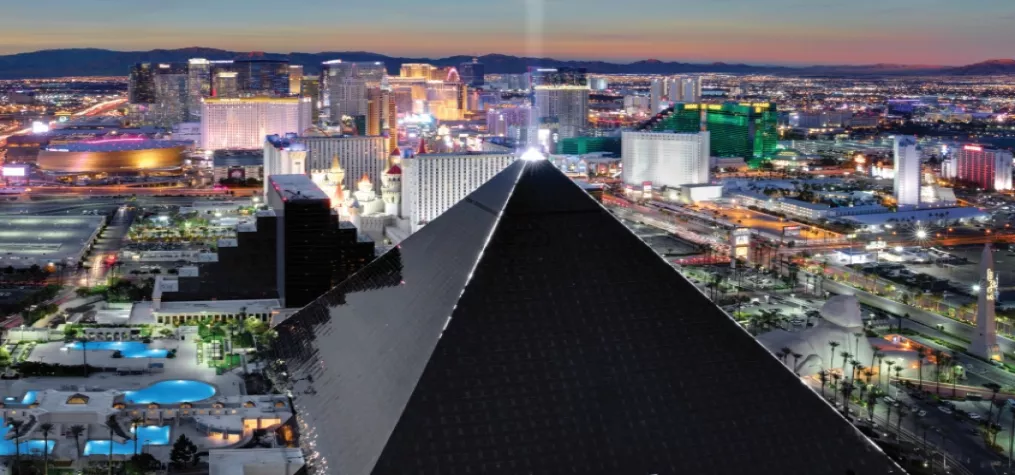5 Speaker Tips and Best Practices for Your Virtual Events
In the past four months, events have radically shifted from in-person gatherings to virtual events. Speakers play an integral role and can make or break the attendee experience. Understanding the importance presenters play into this dynamic, here are some tips for helping you to create a positive virtual experience for your attendees.
1. Test, Test, Test
To ensure everything runs smoothly, schedule a rehearsal with your speakers. Here is a short checklist of items to practice:

